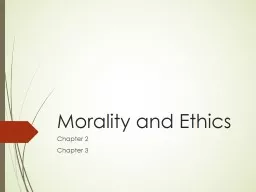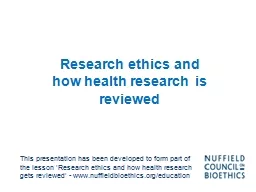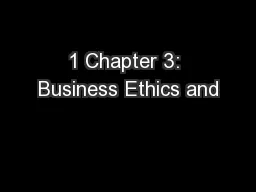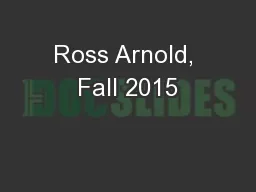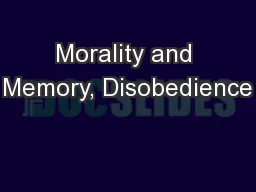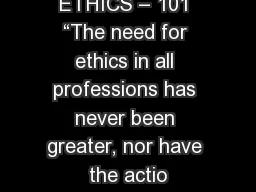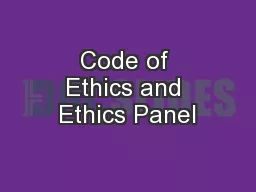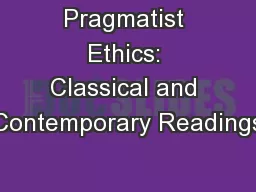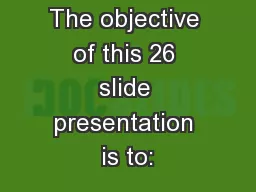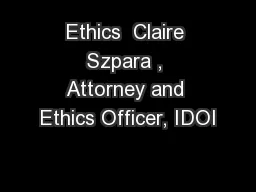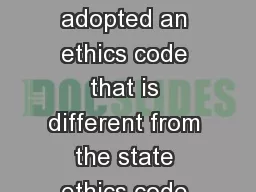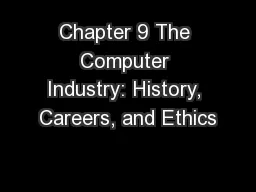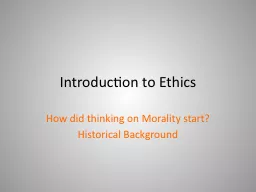PPT-Morality and Ethics Chapter 2
Author : liane-varnes | Published Date : 2018-10-31
Chapter 3 Morality A set of rules for right conduct A system used to modify and regulate behavior Quality system in human acts by which we judge them right or wrong
Presentation Embed Code
Download Presentation
Download Presentation The PPT/PDF document "Morality and Ethics Chapter 2" is the property of its rightful owner. Permission is granted to download and print the materials on this website for personal, non-commercial use only, and to display it on your personal computer provided you do not modify the materials and that you retain all copyright notices contained in the materials. By downloading content from our website, you accept the terms of this agreement.
Morality and Ethics Chapter 2: Transcript
Download Rules Of Document
"Morality and Ethics Chapter 2"The content belongs to its owner. You may download and print it for personal use, without modification, and keep all copyright notices. By downloading, you agree to these terms.
Related Documents

